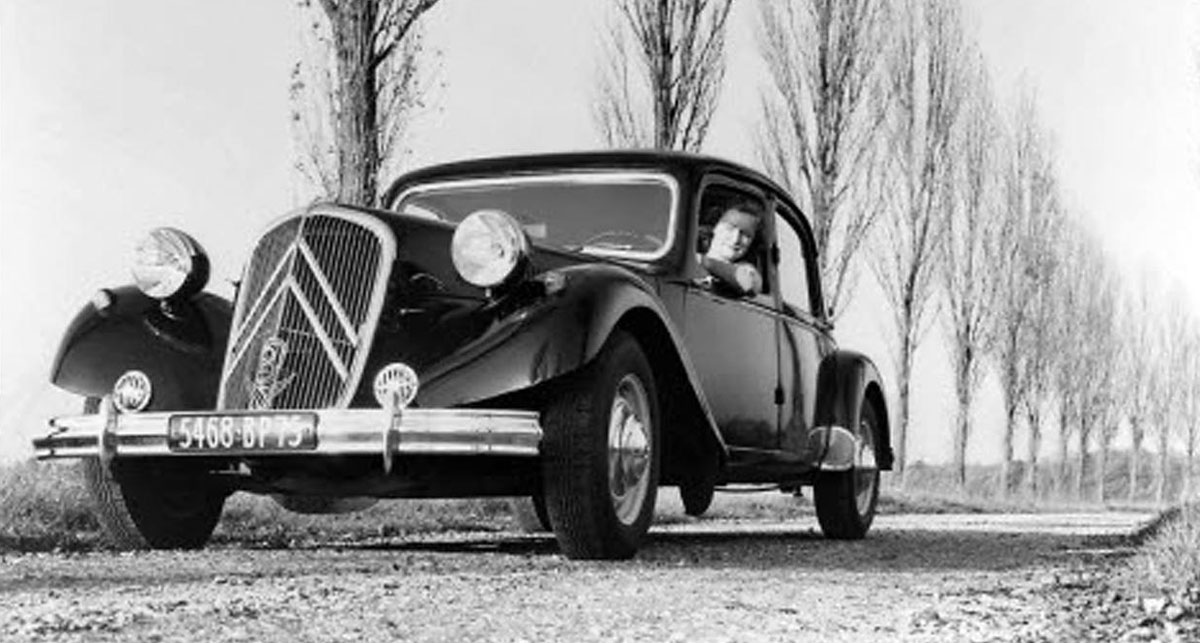
In April 1934, Citroën unveiled the 7A, a car that would go on to make motoring history with a series of innovations including front-wheel-drive or Traction Avant in French, which was a ground-breaking development in its time.
The new model revolutionised the automotive world – which consisted almost entirely of rear-wheel-drive vehicles – with its low centre of gravity, all steel monocoque body, light weight and honed aerodynamics. As a result, the front-wheel-drive Traction Avant boasted standard-setting characteristics for handling and road holding.

The Citroën 7A, also known as the Citroën Traction Avant 7A, holds a significant place in automotive history as one of the first mass-produced cars to feature front-wheel drive, unitary body construction (without a separate frame), and an independent suspension. It was introduced in 1934 and became the foundation for the entire Traction Avant series, which was produced until 1957.
Innovative Engineering: Front-Wheel Drive: The 7A was one of the first cars in the world to use front-wheel drive. This was a revolutionary feature at the time, providing better traction, stability, and interior space compared to rear-wheel-drive cars.
Unitary Body Construction: The 7A used a monocoque (unitary) body, meaning the body and chassis were integrated into a single structure. This construction method made the car lighter, more rigid, and safer, marking a significant advancement in automotive design.
Independent Suspension: The 7A featured independent front suspension with torsion bars, which greatly improved ride comfort and handling, another innovative feature for its time.
Design: The Citroën 7A had a sleek, streamlined body with an aerodynamic shape, characterized by its long, low-slung profile and curved lines. The front end featured a distinctive grille with the Citroën double chevron logo, and the headlights were mounted on the fenders, a design element that would become iconic for the Traction Avant series.
Performance: The 7A was powered by a 1.3-liter inline-four engine, producing around 32 horsepower. While modest by today’s standards, this was sufficient for the car’s lightweight design. It had a top speed of about 100 km/h (62 mph), which was competitive for a car of its class in the 1930s.
Interior: The interior of the 7A was spacious for its time, thanks to the lack of a central driveshaft tunnel, which was possible due to the front-wheel-drive layout. It featured a simple but functional dashboard and comfortable seating for five passengers, making it a practical family car.
Cultural and Historical Impact: The Citroën 7A and the Traction Avant series played a crucial role in establishing Citroën’s reputation as a leader in automotive innovation. The Traction Avant became a favorite among various groups, including police forces, gangsters, and the French Resistance during World War II, due to its advanced handling and performance. The car’s durability and advanced design also made it a popular choice among the general public, with many surviving examples still cherished by classic car enthusiasts today.
Legacy: The Citroën 7A laid the groundwork for future Citroën models and influenced automotive engineering worldwide. Its introduction marked the beginning of Citroën’s dominance in innovative car design, a tradition that the brand has maintained throughout its history.


You must be logged in to post a comment.